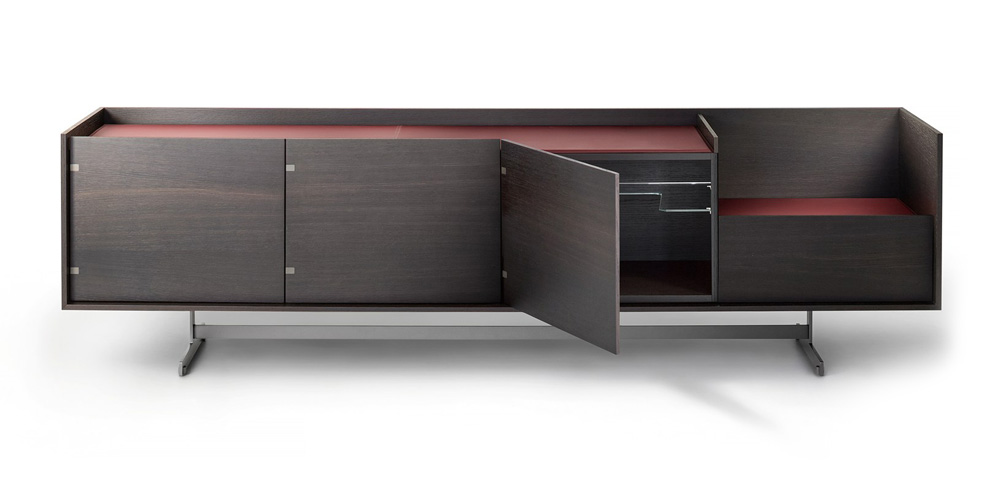Real world use
We were able to use the Leap Motions during our last internal Hack Days which generated some interesting results. But one litmus test I have for new technology is whether my five-year old daughter can operate it. Whilst she struggled with the games that require pinpoint accuracy and poise, she adores playing with the fish and flying around the earth.
Using the Leap is a good experience as long as it is stationary and not near any very bright light sources. Once you attach it to a laptop and take it mobile, the varying light sources can make it lose track of your hand and this spoils the game or application you are working in. The ability to strain out extraneous light input is the largest challenging still facing the Leap.
The software running the device has made huge leaps (excuse the pun) forward in its reliability and functionality over the last few weeks. There are a small number of applications ready on their new Airspace app store. I have tested a few of them and the experience varies widely.
Where next?
Long term, this is the beginning of useful gesture control of computers.
In the short term the Leap proves itself to be an entertaining gadget for early adopters, and compared to other cutting edge gadgets entering the market the price is low at under £77, delivered in the UK.
I’d like to see it do well and enter the mainstream peripheral market; that jump could come if a wide number of PC manufacturers build it directly into their laptops and desktops.


